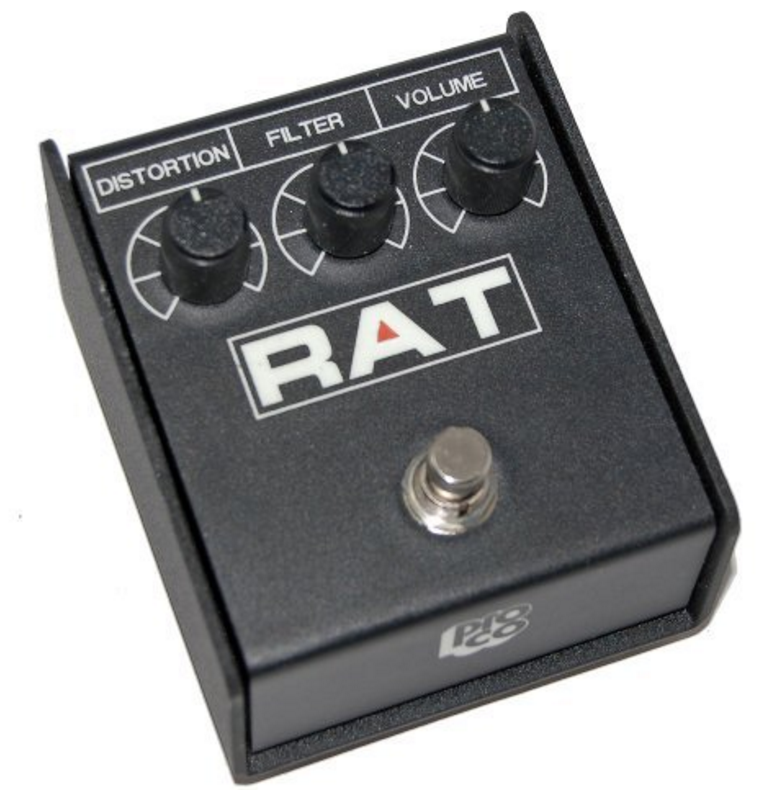
On a couple of the mid-tempo to more slow songs he used a Les Paul.”Ī few songs have kind of a ‘Black Album’ vibe. The majority is the V or the Snakebyte combined with the ESP Explorer on the double track. We’ve tried 15 or 20 different Snakebyte guitars, and this one just was a little bit nicer for whatever reason. “Then he’s got one of his signature model Snakebytes that is a strange copper colour.

I think it’s the first ESP that he got – that guitar sounds incredible. We usually double with the ESP Explorer with the middle-finger inlays. He double-tracked all of stuff sometimes triple-tracks. So if it’s a fast song, for sure it’s got that on it. “When he puts that guitar in his hands he immediately wants to play fast riffs. It’s a Gibson copy, but that thing sounds incredible. James has his Flying V that he had from Kill ’Em All. I don’t know what it is about that one in particular, but it noticeably sounds a little different than all the other ones, and it’s just great. He’s got a hundred ESPs that look like the Mummy. “Kirk used Greeny and his original Mummy guitar. I think they might be Eminence speakers, probably from the mid-’80s, but those also sound really good.” “For solos, usually we’ve got a cabinet or two with 75-watt Celestions, and there’s a Mesa cabinet labelled Black Shadow. Similar stuff for Kirk: a mixture of older Marshall cabinets with either 30- or 25-watt Celestions. We’ve got hundreds of cabinets over there but James almost always ends up on similar – the Mesa/Boogie and Marshalls go into old Marshall cabinets, and the Diezel I think goes through Mesa cabinets. “That was always nice to add to the mix so it could be super-overdriven but not blurry and fizzy – you can still hear the notes. Sometimes it was the HBE Deluxe and sometimes it was some early HBE head that Dave Friedman modded Kirk also had an old Kirk Hammett signature Randall head that has a really clear, defined midrange.įor rhythms, Kirk had a couple of different Friedmans. “For solos, we had a 100-watt master volume JMP that’s a little more gritty and scoopy, and we would combine that with a Mesa/Boogie Dual Rectifier. We had a Marshall a 50-watt master volume JMP, I think a ’79, that just sounds amazing. Sometimes it was the HBE Deluxe and sometimes it was some early HBE head that Dave Friedman modded. For rhythms, Kirk had a couple of different Friedmans. “For Kirk, it’s different for solos and for rhythm. It has huge low-end that the other amps don’t have.” When we need to find a bigger bottom end, especially on the slower songs, we can bring that in. “There’s also usually a Wizard 100-watt head that’s usually got a Klon Centaur pedal on it. There’s always a Mesa/Boogie Mark IIC++ that he’s had forever, and then this José Marshall – at least a combination of those two. “James has combinations of multiple amps and the balance between them changes from song to song. When I got it back, I told James I thought it sounded insane, and he got really excited about it.

I was talking with Dave Friedman, who is very familiar with those old José mods, and he fixed it. When we started this album I had a re-invigorated interest in this head. “James has always had one of the legendary José Arredondo-modded Marshalls, a late-’60s/early-’70s Superlead head. There’s more midrange and less gain on the guitars than some past Metallica albums. We’ll never beat that!’ Maybe there’s a vocal overdub because at that time he hadn’t written all the lyrics, but trying to keep the live feel that was in our playbook from the start.” When it happened it was still like, ‘Oh my God, that feels great. “Big parts of it are from the live take with all four of them playing at the same time. It’s not your traditional hard rock record where there’s a drum tracking session and then everything else is an overdub. We definitely talked about more of trying to capture a live feel, because everybody was so energized by being in the same room and playing the stuff together. “No-one felt there was a reason to stray very far away from what we had done on the previous record, Hardwired. Was there a specific aim within the band of what direction this album would take? We never really looked back.”īig parts of it are from the live take with all four of them playing at the same time. We thought, ‘Let’s show up a week early and stay a week after, and in person work on these songs that we had.’ Everyone was so excited to get started, and so excited to be playing together. “Then we got together for a Helping Hands benefit broadcast from Metallica HQ. It was more, ‘Do you think we could try to cobble together some riffs and some song ideas while we’re waiting this thing out?’

So some of the usual chats you would have before walking into a project didn’t happen. We started trying to write songs remotely.


 0 kommentar(er)
0 kommentar(er)
